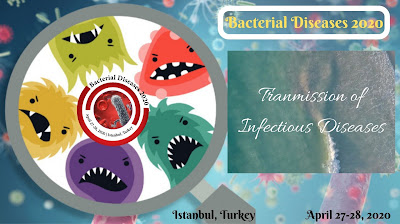Don’t Get Kissed
A guide to tackle Kissing bugs
A group
of scientists at The University of Texas Health Science Center at Houston
(UTHealth) has published a guide to battle a fatal disease transferred to
humans by a blood sucking insect called kissing bug.
 The
kissing bug carries the parasite, Trypanosoma cruzi which causes
this fatal disease called Chagas disease. Chagas
disease is estimated to affect more than 7 million people all around the world.
It is
often looked at as the silent killer because its symptoms are so difficult to
be tracked. At early stages, the disease is treatable but if left undetected
and untreated, it can lead to serious complications such as heart failure, an
enlarged heart or stroke.
The
kissing bug carries the parasite, Trypanosoma cruzi which causes
this fatal disease called Chagas disease. Chagas
disease is estimated to affect more than 7 million people all around the world.
It is
often looked at as the silent killer because its symptoms are so difficult to
be tracked. At early stages, the disease is treatable but if left undetected
and untreated, it can lead to serious complications such as heart failure, an
enlarged heart or stroke.
Despite
the serious effects it may cause upon the individual, there is still lack of
knowledge about this disease and about the insect that carry the parasite as it
shows no signs whatsoever.
It's a
complete myth that these kissing bugs could be only found in mud huts,
they could be seen anywhere. This guide explains in detail how these insects
look like and how to avoid them. This guide is intended not only for the use of
general public but also for physicians who are often on the frontline of
talking with the public about the disease."
The hot summer months are peak season for kissing
bug activities.
Recent
research has shown a high rate of kissing bugs infected with the T. cruzi parasites.
Kissing
bugs often bite victims around the mouth or eyes while they sleep, thus leading
to its name. However, they can bite anywhere on the body.
The mode
of transmission of this disease is through the faeces
of the insect, which comes in contact with the bite wound. It can also be
passed from mother to foetus and through contaminated blood products or even
contaminated food. This mysterious disease does not leave about any symptom. If
present, it may be a spot or a welt or mild flu-like symptoms. In most cases
symptoms are not seen and the disease begin affecting the heart or digestive
system of the infected person leading to a fatal disease.



Comments
Post a Comment